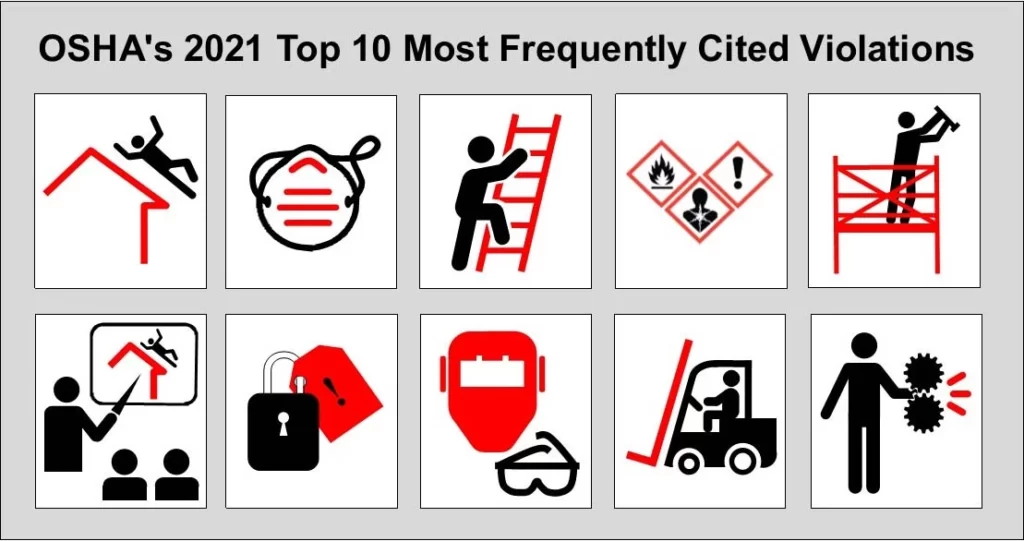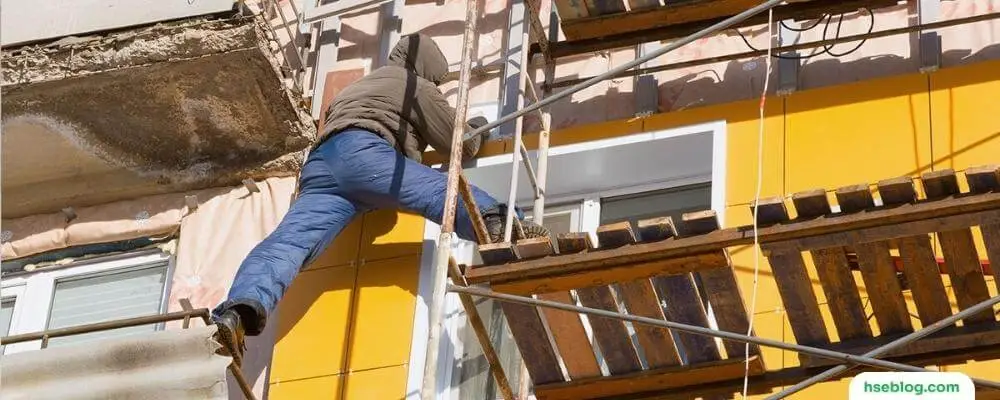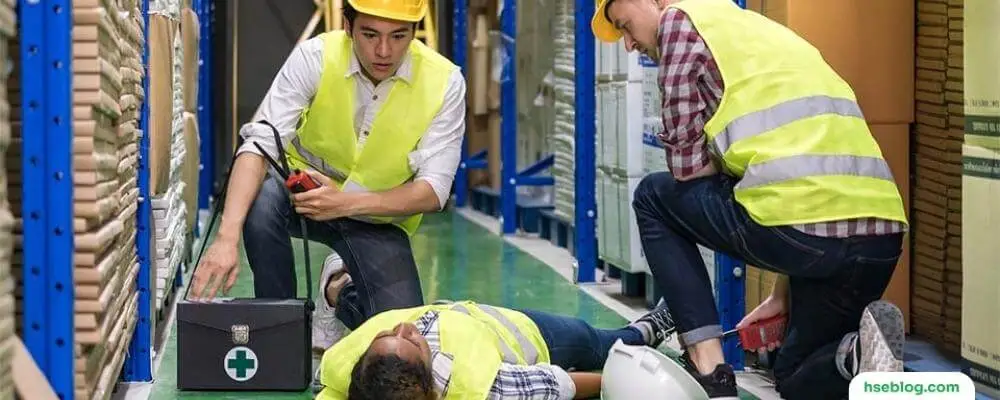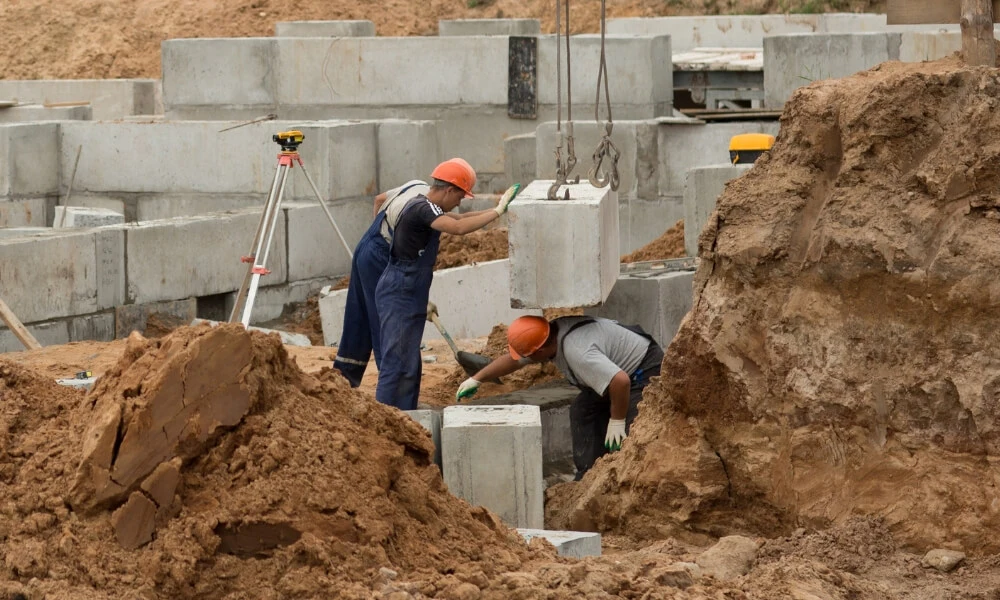Every workplace, regardless of industry or setting, should be a place of safety, respect, and professional conduct. While most organizations strive for this, the reality is that workplace violations can and do occur frequently. Understanding these violations and their types can be crucial in identifying, preventing, and addressing them effectively.
In this comprehensive blog, we will explore three main categories of workplace violations: routine, situational, and exceptional. These categories are not exclusive and can often overlap, but they provide a useful framework for understanding and addressing the different types of misconduct that can occur in the workplace. From routine violations like safety procedures being overlooked to situational ones like using inappropriate equipment due to work pressure to exceptional violations that may happen during emergencies or new tasks, we aim to provide a clear picture of these violations and the best methods to mitigate them.
So, whether you are an employee, a supervisor, or a business owner, understanding these violations is a key step in maintaining a healthy, safe, and productive work environment. Read on to delve into workplace violations and give yourself the knowledge to tackle them effectively.
Violation Meaning
In the broadest sense, a violation is breaking or disobeying a rule, regulation, agreement, or law. It’s a breach of a standard or expectation a governing body or authority sets forth.
In the workplace context, a violation refers to any action or behavior against established policies, rules, standards, or laws. This can include safety violations, ethical breaches, harassment, discrimination, and non-compliance with employment laws. The consequences of such violations can range from verbal or written warnings to job termination, legal action, and in certain cases, criminal charges.
Types Of Violations
There are three categories of violation – routine, situational and exceptional.

1. Routine violations
A routine violation occurs when breaking a safety rule or procedure is the normal way of working. It becomes routine not to use the recommended procedures for tasks. An example is the regular speeding of forklift trucks in a warehouse to fulfill orders on time.
Routine violations often happen because workers are under time pressure and feel that following the safety rules would slow them down. Sometimes, workers may also be unaware of the risks of breaking the safety rules. In other cases, they may feel that the rules do not apply to them.
Routine violations can lead to serious accidents and injuries. In fact, many accidents happen because workers have become so used to breaking safety rules that they no longer even think about the risks involved. If you see someone breaking a safety rule, speaking up is important. Let them know that you are concerned about their safety and that of others. Remember, it’s always better to be safe than sorry.
There are many reasons given for routine violations; for example:
- taking shortcuts to save time and energy;
- a belief that the rules are unworkable or too restrictive;
- lack of knowledge of the procedures;
- the perception that the rules are no longer applied;
- poor supervision and a lack of enforcement of the rules;
- new workers think that routine violations are the norm and do not realize that this is not the safe way of working.
Finally, it must be recognized that there are some situations where peer pressure or simply a wilful disregard for procedures or other peoples ’ safety may result in routine violations. Routine violations can be reduced by regular monitoring, ensuring the rules are necessary, or re-designing the job.
The following features are very common in many workplaces and often lead to routine violations:
- Poor working posture due to poor ergonomic design of the workstation or equipment;
- Equipment difficult to use and/or slow in response;
- Equipment difficult to maintain or pressure on time available for maintenance;
- Procedures unduly complicated and difficult to understand; unreliable instrumentation and/or warning systems;
- High levels of noise and other poor aspects of the environment (fumes, dust, humidity);
- Associated PPE is either inappropriate, difficult, and uncomfortable to wear or ineffective due to lack of maintenance.

2. Situational Violations
Situational violations occur when particular job pressures at particular times make rule compliance difficult. They may happen when the correct equipment is unavailable or under adverse weather conditions. A common example is using a ladder rather than a scaffold for working at height to replace window frames in a building. Improved job design, the working environment, and supervision may reduce situational violations.
Situational violations are often the result of poor job design. For example, if a job requires workers to be in awkward positions for long periods of time, they may be more likely to take shortcuts that could lead to injuries. Similarly, if a job is repetitive and boring, workers may be more tempted to break the rules to make it more interesting. Improving job design can help reduce the temptation to engage in situational violations.
The working environment can also play a role in situational violations. If a workspace is cluttered and dangerous, workers may be more likely to take shortcuts that could lead to accidents. Similarly, if a workspace is too hot or cold, workers may be likelier to break the rules to make themselves more comfortable. Improving the working environment can help reduce the temptation to engage in situational violations.
Finally, supervision can also help reduce situational violations. If supervisors are present and paying attention, workers may be less likely to take shortcuts that could lead to accidents. Similarly, if supervisors can provide feedback and coaching, workers may be less likely to engage in situational violations. Improving supervision can help reduce the temptation to engage in situational violations.
Situational violations can be reduced by improving job design, the working environment, and supervision. By taking these steps, employers can create a safer workplace and reduce the likelihood of accidents and injuries.

3. Exceptional Violations
Exceptional violations rarely happen when a safety rule is broken to perform a new task. A good example is the violations during emergency procedures, such as fires or explosions. These violations should be addressed in risk assessments and during emergency training sessions (e.g., fire training).
Everybody is capable of making errors. One of the objectives of a positive health and safety culture is to reduce them and their consequences as much as possible.
The following are some of the exceptional violations that can occur at the workplace:
- Physical violence or threats of violence against another person.
- Harassment, including sexual harassment
- Stalking.
- Making obscene or threatening phone calls or sending threatening emails or text messages.
- Posting obscene or threatening messages on social media sites.
- Spreading rumors or making false statements about another person.
- Tampering with another person’s personal belongings.
- Destroying another person’s property.
- Cyberbullying.
- Any other behavior intended to threaten, intimidate, or harm another person.
Conclusion
In conclusion, understanding the different types of violations at the workplace, including routine, situational, and exceptional, is a crucial step in creating a safe, respectful, and efficient work environment. Each category has its unique causes and potential remedies, with routine violations often resulting from negligence or complacency, situational violations driven by external pressures or poor job design, and exceptional violations occurring during emergencies or unique situations.
By identifying these violations, businesses can implement appropriate measures to mitigate risks, promote compliance, and ensure the safety and well-being of all employees. Remember, maintaining a safe and secure workplace is a collective responsibility that begins with awareness and is maintained through constant vigilance and action.

